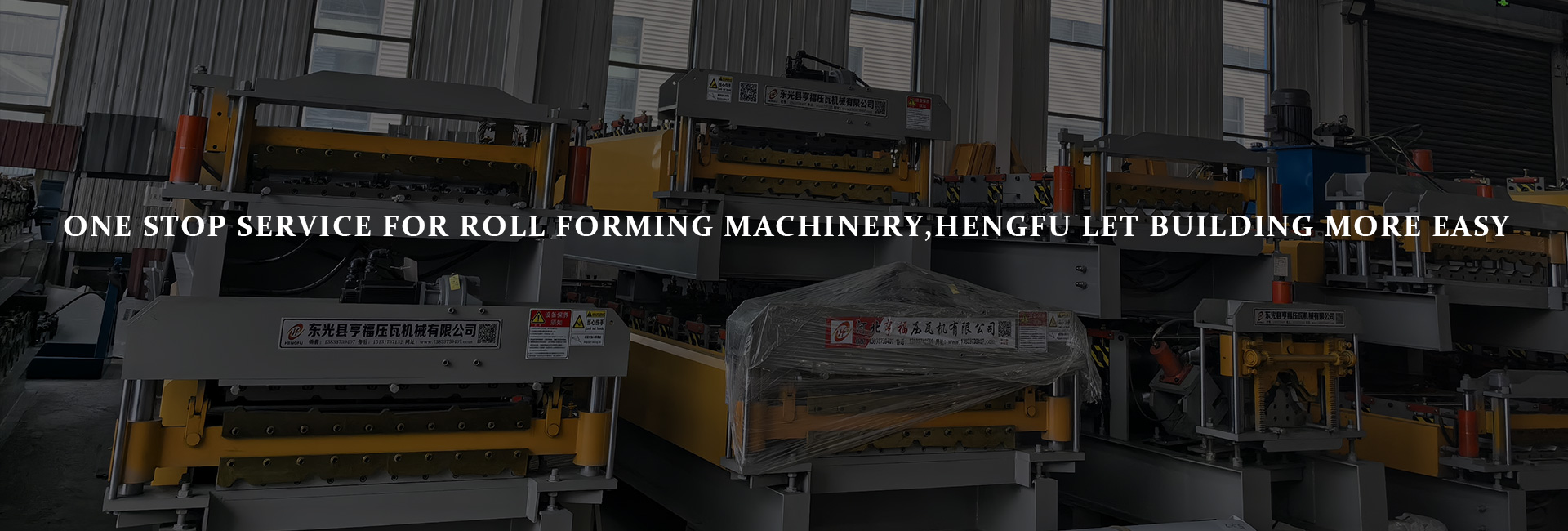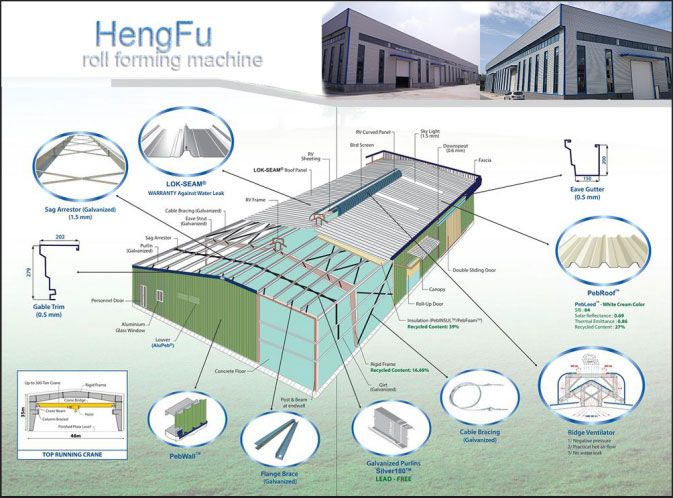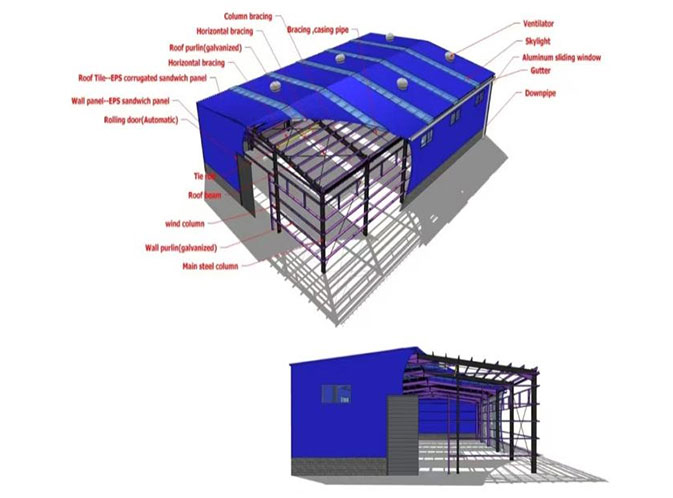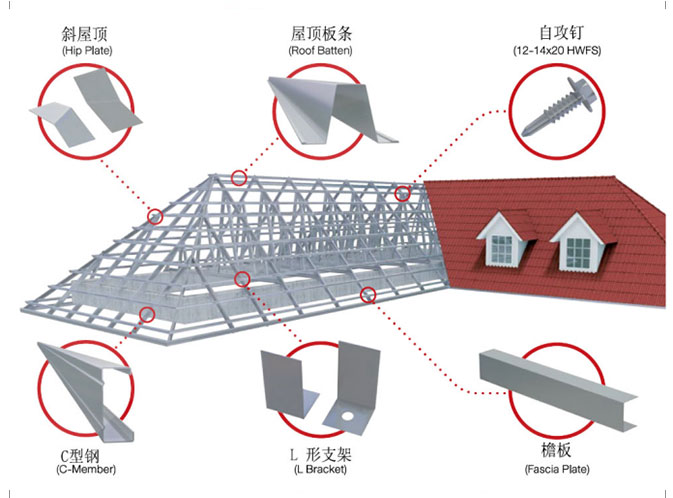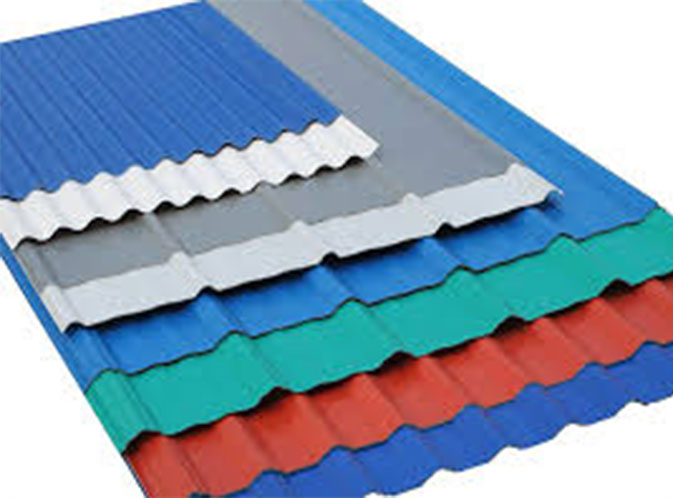In the era of rapid development in building industrialization,Wall Sheet Roll Forming Machine have emerged as key equipment for efficiently producing high-quality wall panels. Whether for new factory construction, commercial buildings, or residential projects, selecting the right roll forming machine not only enhances production efficiency but also effectively controls costs. This article provides a comprehensive purchasing guide covering performance parameters, equipment types, cost-effectiveness, and more.
1. Introduction: The Industrial Value ofWall Sheet Roll Forming Machine
1.1 Market Growth Trends and Production Efficiency Demands for Wall Panels
With the increasing demand for standardization and prefabrication in the construction industry, wall panels, as critical building components, have witnessed continuous market expansion. Efficient and stable production equipment has become a core competitive advantage for enterprises striving to capture market share, underscoring the growing importance of Wall Sheet Roll Forming Machine.
1.2 Traditional Production Challenges vs. Core Advantages of Roll Forming Machines
Traditional wall panel production relies heavily on manual labor or low-automation equipment, leading to issues such as low production efficiency, poor dimensional accuracy, and significant material waste. Roll forming machines, with their automated operations, high-precision forming, and continuous production capabilities, effectively address these challenges, significantly boosting production efficiency and product quality.
1.3 Core Focus of This Article: Equipment Analysis and Key Purchasing Considerations
This article delves into the technical parameters, equipment types, and critical purchasing factors of Wall Sheet Roll Forming Machine to assist users in selecting high-cost-effective equipment from a wide range of products.
2. Basic Understanding ofWall Sheet Roll Forming Machine
2.1 Equipment Definition and Functional Overview
A wall panel roll forming machine is a specialized device that processes raw materials such as metal sheets or composite materials into wall panels of specific shapes and dimensions through continuous rolling by multiple sets of rollers. Its functions encompass sheet feeding, roll forming, and fixed-length cutting, enabling automated production of wall panels.
2.2 Core Components
Roll Forming System: Comprising multiple sets of rollers, it gradually shapes the sheet into the desired profile through precisely designed roller configurations, serving as the machine's core component.
Drive Unit: Responsible for transmitting power to the roll forming system, ensuring stable and uniform roller operation to maintain forming accuracy.
Control System: Integrates automated control programs to set parameters such as sheet specifications, forming speed, and cutting length, enabling intelligent operation of the equipment.
2.3 Mainstream Machine Types
By Layer Count: Single-layer forming machines are suitable for producing wall panels of a single specification; dual-layer forming machines can simultaneously produce two different specifications, enhancing equipment utilization.
By Automation Level: Semi-automatic models require manual assistance for material feeding and parameter adjustment; fully automatic models feature automatic material feeding, intelligent control, and online inspection, offering higher production efficiency.
2.4 Technical Parameter Analysis
Forming Speed: Refers to the length of wall panels produced per minute. Higher speeds increase hourly output but must balance with forming quality.
Sheet Material Suitability: Covers material types (e.g., color-coated steel, aluminum, stainless steel), thickness, and width ranges. Selection should match actual production needs.
Accuracy Indicators: Include dimensional tolerances and flatness of the formed sheets. High-precision equipment reduces defect rates and lowers production costs.
3. Key Purchasing Considerations: Balancing Performance and Cost-Effectiveness
3.1 Selecting Machine Types Based on Project Requirements
Production Scale: Small-scale projects may opt for semi-automatic or single-layer forming machines to reduce initial investment; large-scale production should adopt fully automatic, dual-layer models to boost capacity.
Sheet Specifications: Choose a machine that matches commonly used sheet materials, thicknesses, and widths to ensure stable production of required products.
3.2 Prioritizing Equipment Performance and Quality
Quality of Core Components: High-quality roller materials and processing techniques ensure forming accuracy and equipment lifespan; reliable drive and control systems reduce malfunctions.
Equipment Stability: Assess stability by evaluating noise and vibration levels during operation. Stable equipment enhances production efficiency and product quality.
3.3 Comprehensive Cost-Effectiveness Evaluation
Price Comparison: Prices vary significantly among brands and configurations. Compare multiple products within budget constraints to avoid overpaying or compromising on quality.
Energy Consumption and Maintenance Costs: Energy-efficient models reduce long-term operating costs; easy-to-maintain equipment minimizes downtime and enhances utilization.
4. Purchasing and Usage Recommendations
4.1 Importance of Brand and After-Sales Support
Choose reputable brands and suppliers with proven product quality and reliable after-sales services. A comprehensive after-sales system provides installation, commissioning, operator training, and maintenance services, alleviating user concerns.
4.2 Routine Maintenance and Fault Prevention
Regular Maintenance: Lubricate and clean rollers and drive components as per the user manual. Inspect electrical and control systems regularly.
Standardized Operation: Train operators professionally and adhere strictly to operating procedures to prevent equipment damage or safety incidents due to misuse.
4.3 Industry Certifications and Safety Standards
Ensure the equipment meets relevant industry certifications (e.g., CE, ISO) and national and industry safety standards to guarantee safe and reliable operation.
5. Industry Trends and Future Outlook
5.1 Smart Upgrades
Future Wall Sheet Roll Forming Machine will embrace intelligence, integrating AI control systems for automatic production parameter optimization. Remote monitoring capabilities will enable real-time equipment status tracking, facilitating remote maintenance and management.
5.2 Integration of Green Technologies
With rising environmental requirements, equipment will focus on energy optimization, adopting energy-efficient motors and intelligent temperature control to reduce energy consumption. Additionally, material recycling designs will minimize waste emissions during production.
5.3 Market Competition and Technological Evolution Predictions
Market competition will drive increased R&D investments, leading to continuous improvements in equipment performance and intelligence. Newer roll forming machines with enhanced functionality and simpler operation will emerge.
6. Conclusion: Equipment Empowering Efficient Production
As a vital component in building industrialization, the performance and quality of Wall Sheet Roll Forming Machine directly impact production efficiency and product quality. By thoroughly understanding equipment parameters, selecting appropriate models, prioritizing cost-effectiveness, and considering after-sales services, users can procure equipment tailored to their needs. In the context of rapid construction industry development, choosing high-quality roll forming machines will bring long-term value and competitive advantages to enterprises. For further equipment selection guidance, stay informed with relevant resources or consult professionals.



